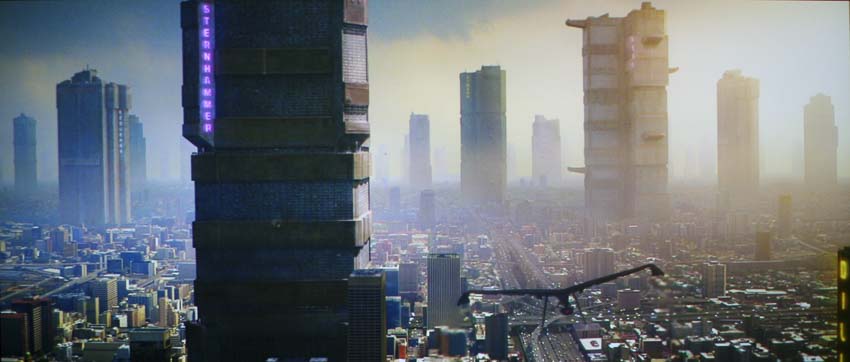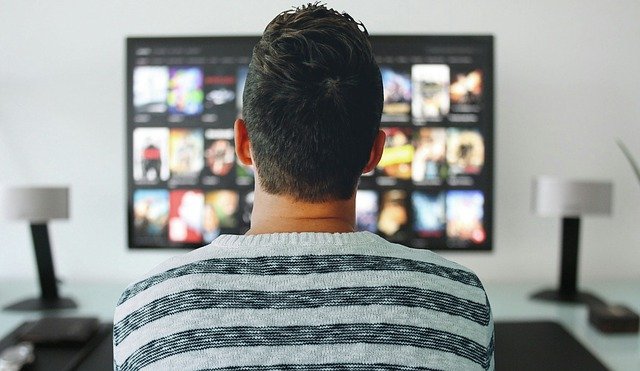Do Big TVs Look Worse Than Small TVs?
If you read user reviews of TVs online, you’ll inevitably come across someone complaining that their new, big TV looks worse than their old, small TV. This is certainly true. If they had a decent quality small TV and then bought the cheapest big TV they could find, it could definitely look worse. But what if that isn’t the case? What if you are sure (based on professional reviews and recommendations) that their big TV should be pretty good? Why might people think their bigger TV somehow looks worse? Let’s discuss!
Big Is Better For Everything
It’s great when you get that big TV that fills your FOV. Suddenly, you are getting that cinematic experience at home. Every night feels like going to the movies. You no longer have to worry about being able to read what is on the screen. Every movie and TV show is immersive. It’s great.
But that new big TV also shows any inaccuracies much more clearly. Color banding, video compression, and more will be much more noticeable. Especially when you are using a streaming service, there are often issues that you might not notice on a small TV that will be totally obvious on a large one.
Consider Your Source
Since the size of the TV alone will make small problems look much more noticeable, you must consider your source. Are you noticing issues with all content or just sometimes? If it is only sometimes, is it always with the same source? Some sources (streaming services like YouTube for example) are known for having issues. Your big TV isn’t a problem as much as it is revealing the problems with your sources.
Check Your Settings
If you are having problems with all or most of your sources, it is time to check your settings. Many TVs will come with edge enhancing, framerate, and motion features enabled that can cause visual artifacting. If you haven’t checked and double-checked your TV’s settings, it could be causing many of the issues that you are seeing.

If you are having issues specifically with streaming and it seems to be with all your streaming devices and services, check out your ISP speed. You could be having issues with your hardware that are limiting your bandwidth. With low bandwidth, you’ll experience many more visual artifacts because of compression.
Your Eyes Aren’t Perfect
If you are switching from a small screen to a large screen, it takes some adjustment. A small screen fills very little of your vision. A large screen will not only look bigger but will look less uniform. On a small screen, a full screen of color (the entire screen displaying the same color at the same brightness) will look very uniform. If you display a full screen of color on a large screen, the edges will look dimmer as you look at the center of the screen.
As your eyes move around a large screen, the parts of the screen farthest away from your focus will look dimmer. That’s just how your vision works. Your eyes become less acute when using your peripheral vision. If you have used a small screen for a long time, a large one may look less uniform simply because you are using more of your peripheral vision.
Take Away
There are lots of reasons that a big screen might look worse than a small one. But it doesn’t have to be that way. If you’ve done your research and bought a quality TV, then there is no reason it shouldn’t look great for most content.


